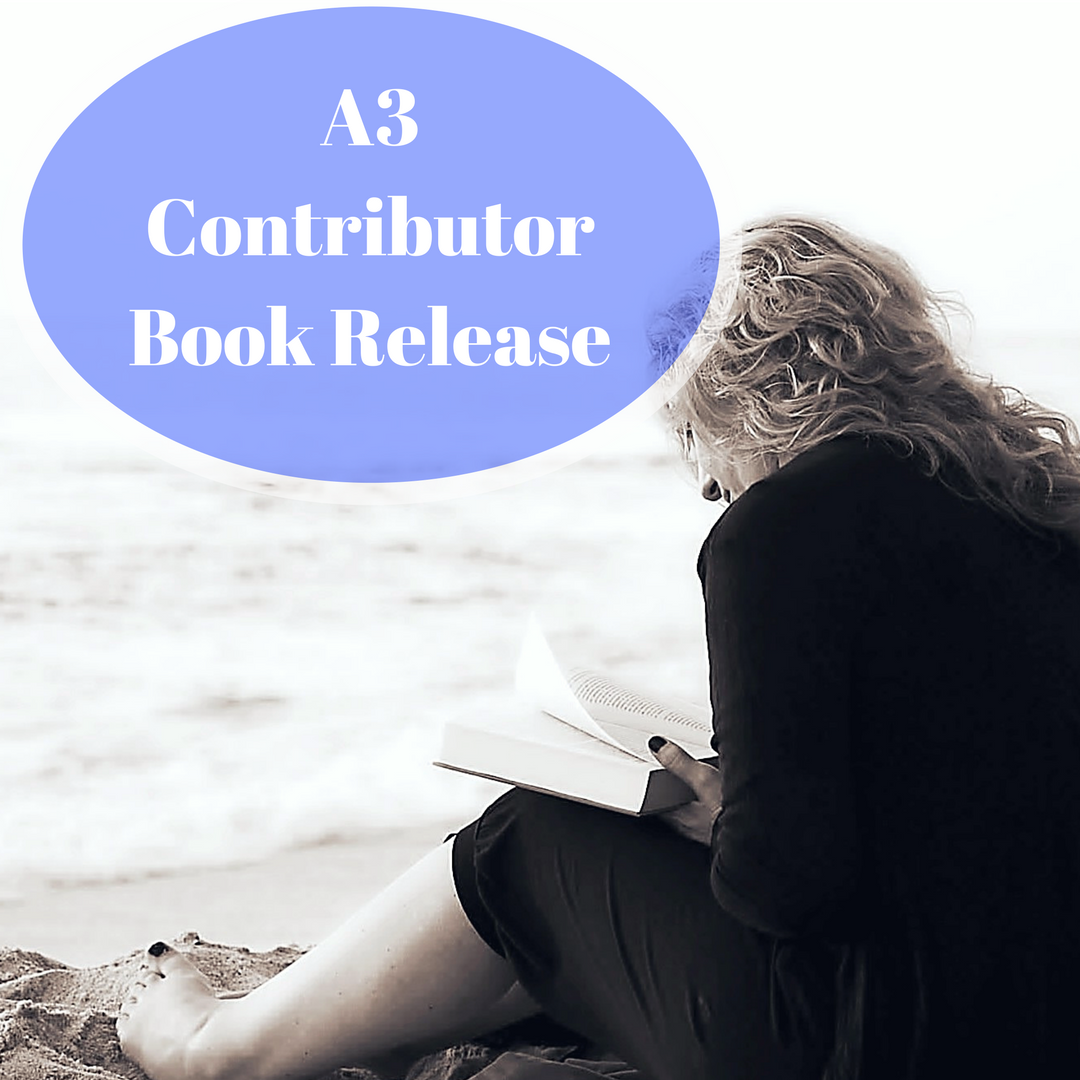
Becoming a Productive Writer Interview with YA Author Melody Personette
I’ve been following YA author Melody Personette for a while, and admire her tenacity and ability to keep producing.…
March 28, 2025
I’ve been following YA author Melody Personette for a while, and admire her tenacity and ability to keep producing.…
March 28, 2025
Young adult author Rachel Kovaciny recently released her eighth book, A Nobel Companion, a retelling of the ugly duckling…
February 26, 2025
How do you feel about end-of-year evaluations? Confession time: Shiny new planners excite me, but when we near the…
January 28, 2025
Does your prose suffer from overly mechanical writing? Your story gets there, but the scenery is somewhat bland? Or…
October 27, 2024
I don’t know about you, but I’m not a huge fan of the spotlight. I’m completely comfortable speaking in…
September 28, 2024
From the Publisher When young real estate agent Sandra Lejeune receives an anonymous letter threatening her family, she leaves…
September 21, 2024
Burnout. It’s a consequence of producing books that authors don’t always consider. Today’s authors must juggle multiple roles, and…
August 27, 2024
It can be tricky to grab a reader and plunge them into a different world, and even more so…
July 27, 2024
When I heard that Rachel Kovanciny recently worked with One Audiobooks to produce her guide: Explore Charlotte Bronte’s classic…
June 27, 2024
My books rarely keep their working titles. This may be because the title wasn’t that great to start with,…
May 27, 2024
Young adult author Michelle Dykman isn’t afraid to tackle tough subject in her young adult novels. Her three book…
April 27, 2024
V. Romas Burton is the author of two fantasy series, Heartmaker and The Legacy Chapters. Her latest release, Justified,…
March 27, 2024
Tabitha Caplinger is the author of The Chronicle of the Three Trilogy, The Wolf Queen and, most recently, The…
February 28, 2024
My thoughts are still marinating on the past year. I’m ticking off half-done accomplishments and not-so-successful projects. This type…
January 27, 2024
It’s the end of December, and for me, that means it’s time to pull out a fresh, ginormous, old-fashioned…
December 27, 2023
I’ve been working on a story, and was a bit concerned my ending felt contrived. In my critique group,…
November 27, 2023
Sara Watterson’s young adult novel, The Dreamer, was recently named as a Christy Award finalist for 2023. I thought…
October 27, 2023
We all know marketing is a must. One of the tools authors can use to gain traction is hosting…
September 27, 2023
Last time we talked about some ways to write a character that evokes a deep connection with the reader.…
August 27, 2023
Sometimes it’s hard to remember all the emotions, feelings, and concerns that young teens have. Times change, attitudes change,…
July 27, 2023
Today I’m talking with Sci-Fi YA author and fellow columnist here on Almost an Author, Sophia Hanson, about microfiction.…
May 27, 2023
Note from Donna Jo: The topic of critique pet peeves came up during a conversation in my weekly writing…
April 28, 2023
For young adult authors one of the ways to connect with readers is through school visits. I asked Author…
March 27, 2023
Slogging away for weeks, months, or years on a project can be discouraging. Writing requires self-discipline, but is that…
February 27, 2023
Beginning a new year tends to motivate people to get organized, start new projects, or finish ones they’ve ignored…
January 27, 2023